Selective Focus: Justin Christopher Ayd
Justin Christopher Ayd has a close relationship with movies and film. He is working on a feature documentary project shot on the North Shore on super 8 and 16mm film, and explains why in a very digital age, celluloid is the right medium for this project. If you’d like to help out with the project, links are included below.
JCA: I work professionally in two fields simultaneously – filmmaking and film projection. Both aspects of film were introduced to me at a young age, filmmaking and the exhibition side, and by 1992 I knew I wanted to not only make movies, but be the person in the shadows running motion picture film for audiences.
Professionally, I began my film projection career at Willow Creek, a local movie house in Plymouth, a suburb of Minneapolis running all first run films on 35mm, and in 2015 took my profession to the next level when I accepted the position as film specialist and projectionist at the Minneapolis Walker Art Center. Over my last 16 years in this field, I’ve had the great honor of meeting filmmakers like Christopher Nolan, Todd Haynes, Robert Redford, Lucy Walker, Frederick Wiseman, and Kelly Reichardt; the great fortune of screening 35mm prints like “Titicut Follies,” “Interstellar,” “Born in Flames,” and “All The President’s Men;” and 16mm prints by Stan Brakhage, William Klein, Marcel Broodthaers, and Chantal Akerman. When my Walker schedule allows, I return to my alma mater Willow to run 70mm exclusives, which have included “Interstellar,” “Dunkirk,” 2001: A Space Odyssey” and “Roma.”
As for my filmmaking career, I’ve been making little movies or video projects going as far back as 1991, though maybe I didn’t specifically know what it was called. I knew the act of developing a story, no matter how vague or loose it was, and placing the camera was interesting to me. This was also well before I was in possession of editing software, as I was only six, so in-camera editing was the only way to do it. That passion developed through my junior high years, as I was finding any excuse to turn a standard social studies, science or English report into a movie. During my senior year in high school in 2003, I fell into the world of documentary almost by accident, when I produced and directed a short proof-of-concept piece of two apposing sides protesting about whether or not America should go to war with Iraq. It was the start of a larger documentary, but unfortunately never came to fruition, as three weeks after the piece was released America was at war. The piece was awarded a National Student Emmy. Since then I’ve made a handful of commercials, narrative films and short docs including “The Man in the Booth (2012),” a short doc about the end of 35mm projection, and “Grandpa Ben (2018),” a short doc about 93-year Minnesota painter and woodcarver Benjamin Vickery Jr, my wife’s maternal grandfather.
In the world of filmmaking the biggest challenge is not necessarily the act of creating the piece – though that does present its own unique set of challenges that shouldn’t be ignored – the biggest challenge is finding those that believe in your project as much as you do, and once you find those people, convincing them that your project is a worthy investment. The reward is getting to make something that you deem worthy or important or entertaining. Whether or not the final product will reach an audience either through festival or distribution is a huge question mark, and reaching an audience emotionally is yet on a whole different level, but also constantly on the forefront of thought as you make your way through the particular film you’re making. Who is this for? Are you trying to target a specific crowd? Expectations are unclear, as different people demand different things from a film.
Right now my wife Jennifer Lillemo Ayd and I are in production on our first feature documentary in northern-Minnesota. The focus is on the unincorporated village of Knife River, about 20-miles up from Duluth. Our doc, simply titled “Knife River”, is a study in people – ranging from woodworkers, chocolate shop owners, life-long-residents, historians, trolls, church-goers, etc – to the character of northern living, and the history going back to the mid 1800s, and for the ease of defining a quickly identifiable style or structure, it’s a little Robert Altman, Chantal Akerman, Les Blank, and Errol Morris. The spark for this project ignited twelve years ago when I was scouting locations for a friend’s film in Duluth. We’ve been working on the documentary for a little over two years now, on and off. We live in Minneapolis, but travel up to Knife River when we can break away from the chaos of the city. Being so far away poses its own unique challenge, as it breaks up continuity with residents we film with and the elements, but we’ve just negotiated seventeen consecutive days away from Minneapolis this May to focus on our film. That will be largest chunk of time given to us so far for this film. However, we can only do this if we raise the funds. We’re in the middle of our second Kickstarter campaign in order to raise enough money to complete our film. Possibly one of the more interesting aspects of this documentary is our desire to capture a bulk of it on 16mm motion picture film. Over the years I’ve been interested in capturing a project on film, but with most stories I was coming up with, I couldn’t justify the cost or truly find a relationship between subject and celluloid. In the digital age, outside of outright experimentation, there needs to be something of a motivation for doing things a little differently. As I began thinking more and more about the qualities of Knife River and the north shore, the medium of film, specifically 16mm and Super 8, spoke to me and it became the perfect, maybe obvious, choice for the documentary.
Whether people are consciously aware, the visible difference between film and digital is within the grain structure, the softness of the image, and the richness of the colors. The medium is perfectly aligned with this idea of viewing the North Shore as a memory and preserving a particular moment in time. From a technical standpoint, there’s an art form in using a light meter and perfectly exposing film, and too working backwards by understanding a 100’ roll of 16mm will yield about 2min 40 seconds of usable film. That forces you to think in a whole different way, where planning – an already important aspect of filming – is especially important now. In a funny way, it releases certain pressures for me. Within digital filmmaking you can shoot an unlimited amount of footage and really break it all down in the edit. For some people that might work great, but for a documentary that is a mosaic of so many different people and places, it’s overwhelming. 16mm allows us to have a closer relationship with whomever is going to be on camera, as we can plan more appropriately to capture specific moments. We’ve photographed roughly 700’ of 16mm and about 400’ of Super 8 thus far with cinematographer Kevin Horn. Kevin is about to make the trek out to Los Angeles, so we’ve brought on Miranda Langevin, a cinematographer born and raised in northern Minnesota, and someone who has shot on 35mm and 16mm motion picture film in the US, Canada, and around the world. Interviews will take advantage of digital filmmaking, as I can’t even fathom spending upward around $3k for a 55 minute interview (that $3k includes 16mm cleaning, processing and 4K telecine).
The digital vs. film debate will live on, with some professing the love of one over the another. There are some die hard directors who swear on the look and benefits of film, and others who will never go back to it because of the ease and benefits of digital, and others who will experiment with iPhones. There isn’t a wrong answer, because it will and must coexist. It doesn’t mean one medium is the definitive best. Each project has its own set of demands, and for “Knife River” that means 16mm.
Video Links:
Knife River Trailer
Grandpa Ben Trailer
The Man in the Booth – Full doc
Campaign, Website, Social Media:
Kickstarter Page
Our Production Page on FB – facebook.com/H8CProductions
kniferiverdoc.com
@KnifeRiverDoc both Twitter and Instagram
vimeo.com/h8c
Recommended Links:
Leave a Comment
Only registered members can post a comment , Login / Register Here



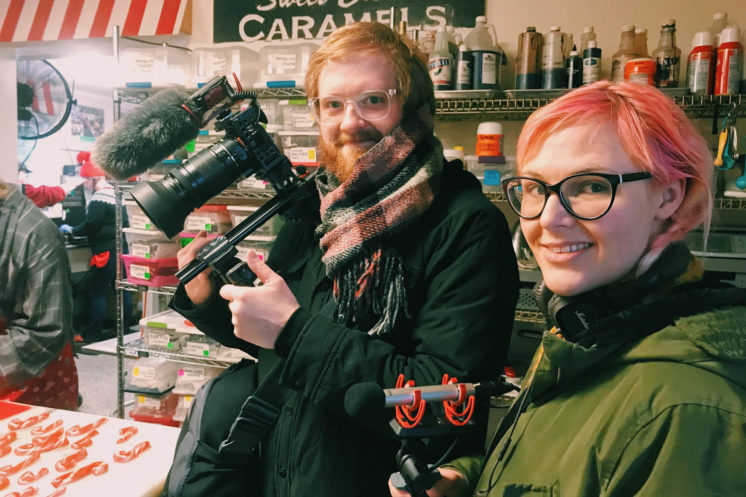
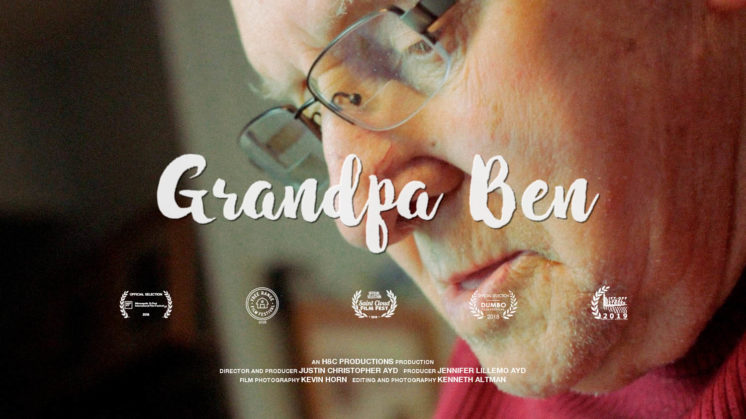
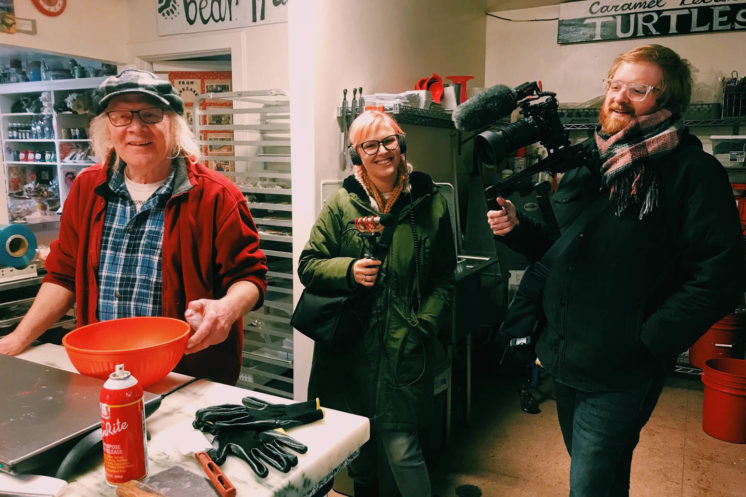
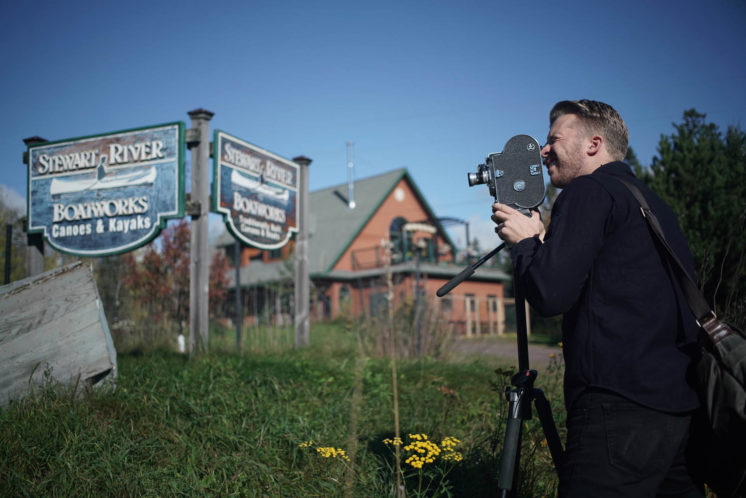
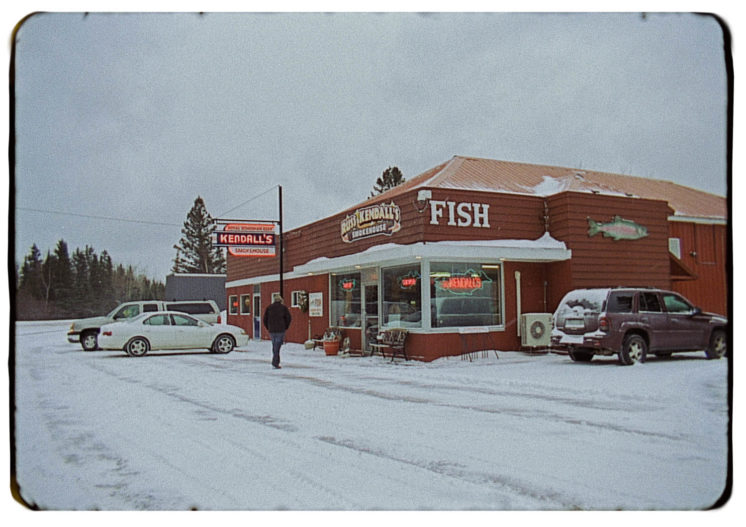












No Comments